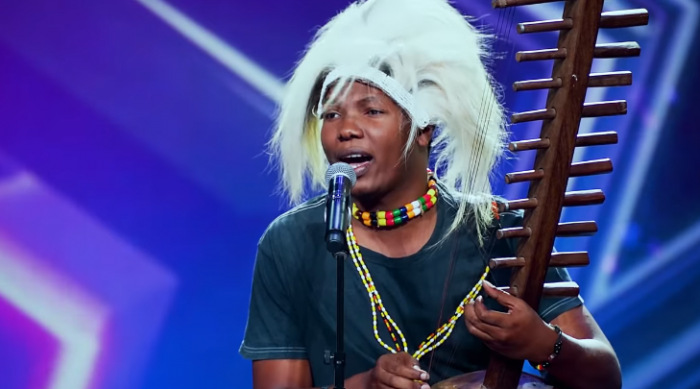Tanzania:The Evolution of Music in Tanzania
29 October 2019

By Ian Jacob
Subscribe to Top African Entertainment News
Music listened by Tanzanians stretches from (Bolingo) traditional African Music to the string-based Taarab to a distinctive hip hopknown as Bongo fleva.
The first popular music craze in Tanzania was in the early 1930s, when Cuban Rumba was widespread. Young Tanzanians organized themselves into dance clubs like the Dar es Salaam Jazz Band, which was founded in 1932. Local bands at the time used brass and percussion instruments, later adding strings. Bands like Morogoro Jazz and Tabora Jazz were formed (despite the name, these bands did not play jazz). Competitions were commonplace, a legacy of native ngoma societies and colonial beni brass bands.
Independence came in 1961, however, and three years later the state patronage system was set up, and most of the previous bands fell apart. Musicians were paid regular fees, plus a percentage of the gate income, and worked for some department of the government. The first such band is the Nuta Jazz Band, which worked for the National Union of Tanzania.
The 1970s saw the popularization a laid-back sound popularized by Orchestre Safari Sound and Orchestre Maquis Original. These groups adopted the motto "Kamanyola bila jasho" (dance Kamanyola without sweating). Maquis hailed from Lubumbashi in southeastern Zaire, moving to Dar es Salaam in the early 70s. This was a common move at the time, bringing elements of soukous from the Congo basin. Maquis introduced many new dances over the years, including one, zembwela, (from their 1985 hit "Karubandika"[citation needed], which was so popular that the term has become synonymous with dancing.
Popular bands in the 60s, 70s and 80s included Vijana Jazz, who were the first to add electronic instruments to dansi (in 1987) and DDC Mlimani Park Orchestra, led by Michael Enoch. Rivalries between the bands sometimes led to chaos in the scene, as when Hugo Kisima lured musicians from Mlimani Park and disbanded the wildly popular Orchestra Safari Sound in 1985, forming the International Orchestra Safari Sound. International Orchestra Safari Sound was briefly popular, but the Orchestra Safari Sound was revitalized by Nguza Viking (formerly of maquis), who became bandleader in 1991; this new group lasted only a year.
The most recent permutation of Tanzanian dance music is mchiriku. Bands like Gari Kubwa, Tokyo Ngomeyboard for a sparse sound. Loudness is very important to the style, which is usually blared from out-dated speakers; the resulting feedback is part of the music. The origin of the style is Zaramo wedding and Atomic Advantage are among the pioneers of this style, which uses four drums and a k music.





Leave your comment